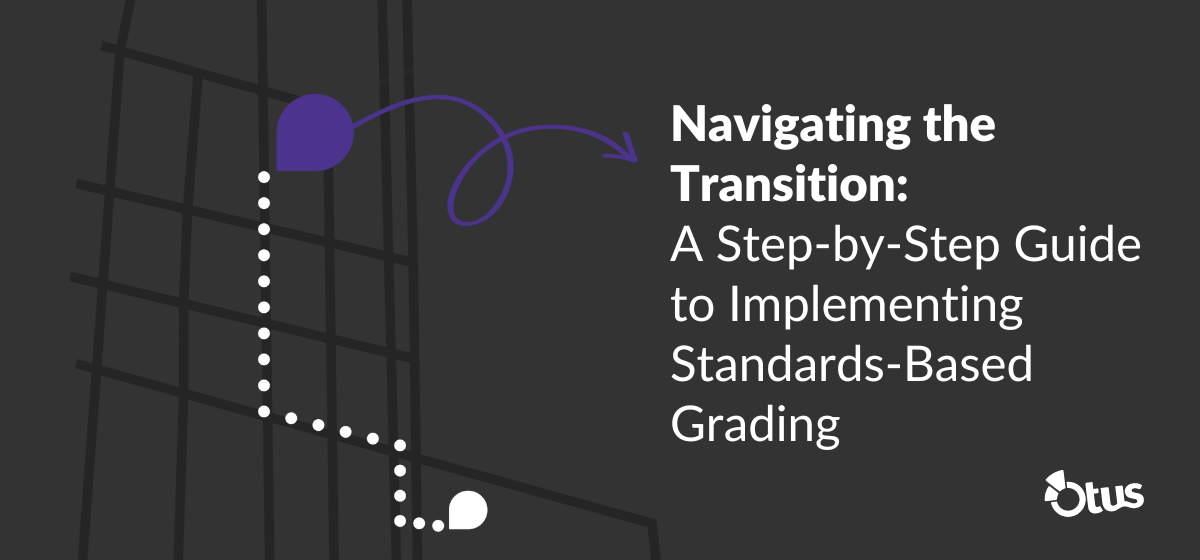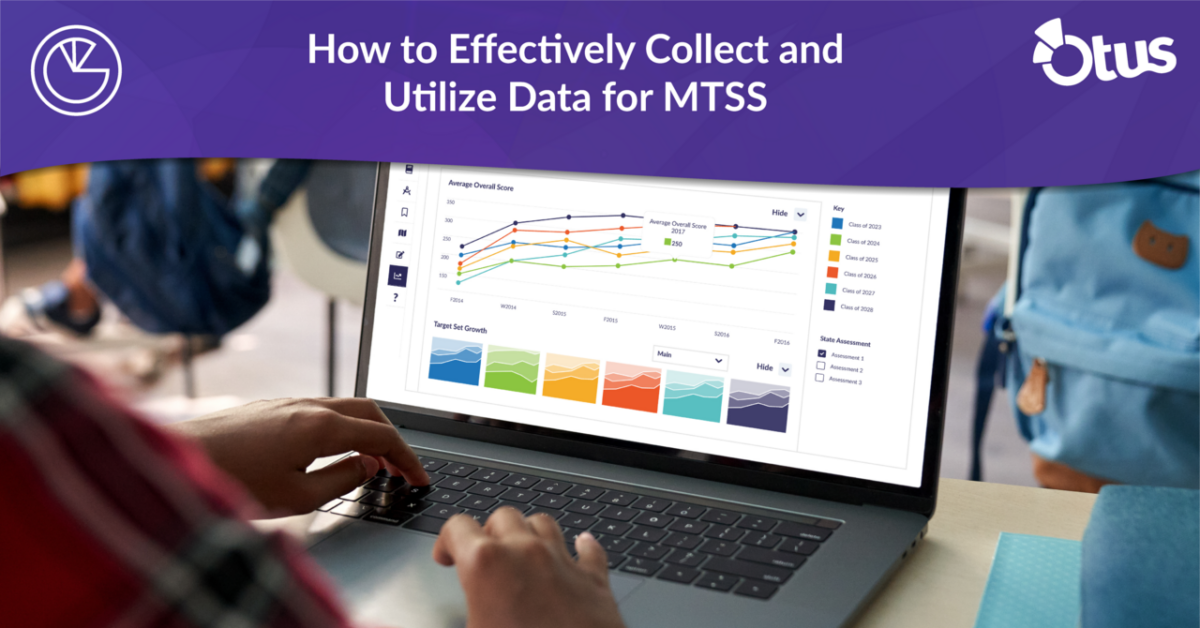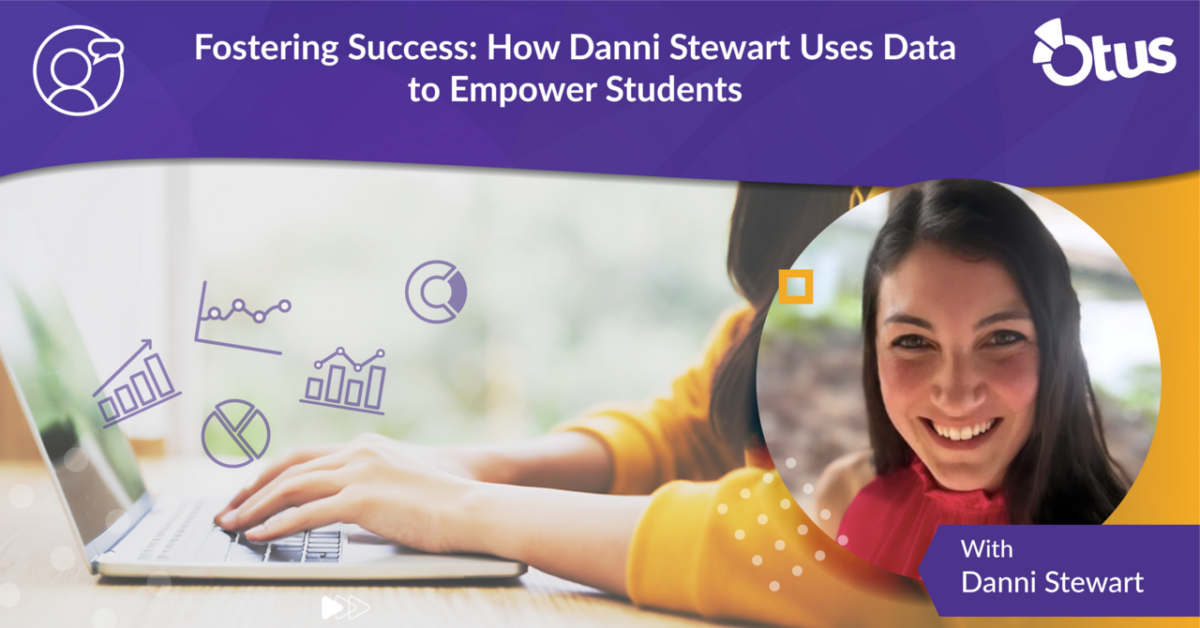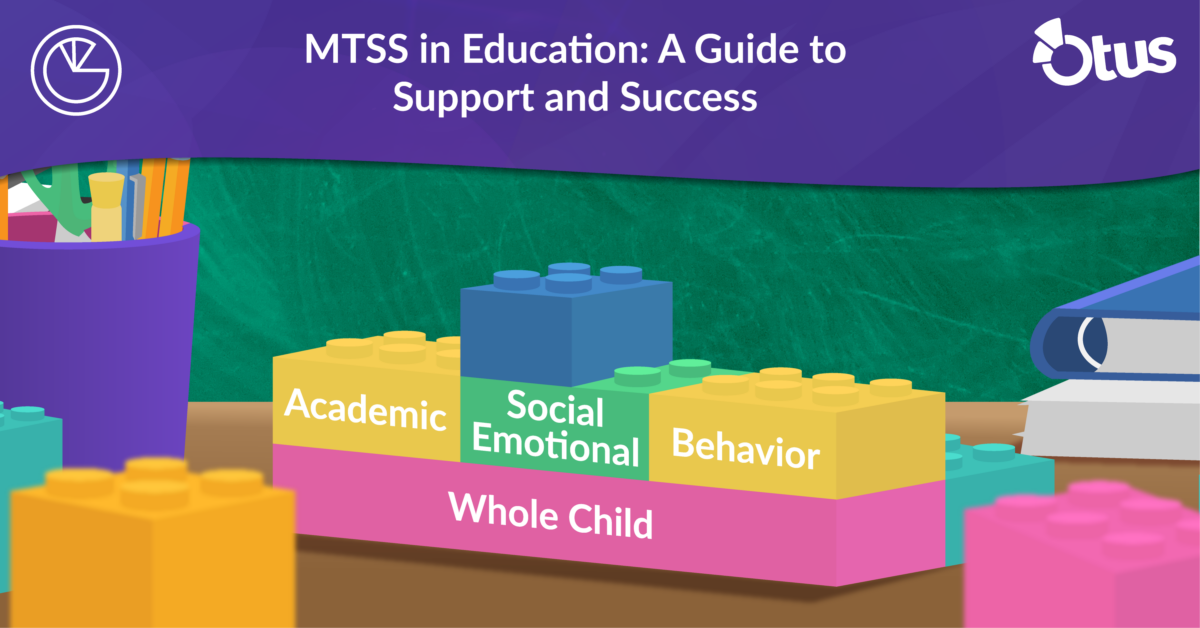Standards-Based Grading (SBG) is a system of evaluating students’ progress toward mastering specific learning targets called standards. Studies show that SBG gives students a more meaningful, accurate, and fair assessment of learning.
As you’re researching standards-based grading, you might start thinking, “This sounds awesome, but where do I start?” And while the road to implementing standards-based grading may not be a simple checklist to follow, at Otus we’ve helped countless educators transition to and implement SBG across their schools and districts. Below you’ll find a roadmap to implementing standards-based grading that was created based on real use cases we’ve seen both with our clients and within our own experience in the K-12 education field. (Over 30% of Otus employees are former educators or administrators, so we understand what it’s like to be in your shoes!)
Every school, district, and community is a little bit different, so this roadmap may not fit your exact needs, but it’s a great way to start planning what your implementation may look like and how long it will take. Let’s start about one year before implementation.
12+ Months Before Launch
What’s Your Why?
Long before reaching a destination, you first need a reason for traveling there. If you don’t have a good reason, the minute the journey becomes difficult, everything will fall apart. Standards-based grading is a fundamental shift away from a system that has existed for over a century. It is a journey that takes careful planning and preparation.
At Otus, we encourage administrators to spend plenty of time understanding the “why?” behind standards-based grading. This is the key to success and will help prevent the initiative from derailing. We can’t give you that “why.” However, we can give you some resources that will help you find it. Here are 35 resources (from podcasts to thought leaders) that will give you a firm foundation with which to start thinking and planning.
Key Activities:
- Identify the reasons your school would benefit from adopting SBG.
- Find evidence such as research and success stories from other schools to support your why.
11+ Months Before Launch
Get Buy-In From District Leaders
Now that you are well-versed in standards-based grading, it’s time to discuss it with others. You can start by bringing up SBG with other administrators, leaders, and board members. While you may be excited to spread the word about all you’ve learned, begin by fully understanding others’ current perceptions of the subject. Is there interest? Hesitation? Resistance?
In order for this significant change to occur, everyone needs to be on board. If you skip this step, one angry email or phone call to a board member could derail the entire initiative. Make sure everyone is committed to this change and, more importantly, the “why” behind it. Consider appointing two to three admins as SBG advocates/experts who can answer questions and concerns as word of the change begins to spread.
Key Activities
- Begin discussing SBG with school or district leadership, such as the principal, superintendent, and school board.
- Secure buy-in from key decision-makers.
- Appoint 2-3 SBG advocates to help answer questions and concerns when they inevitably arise.
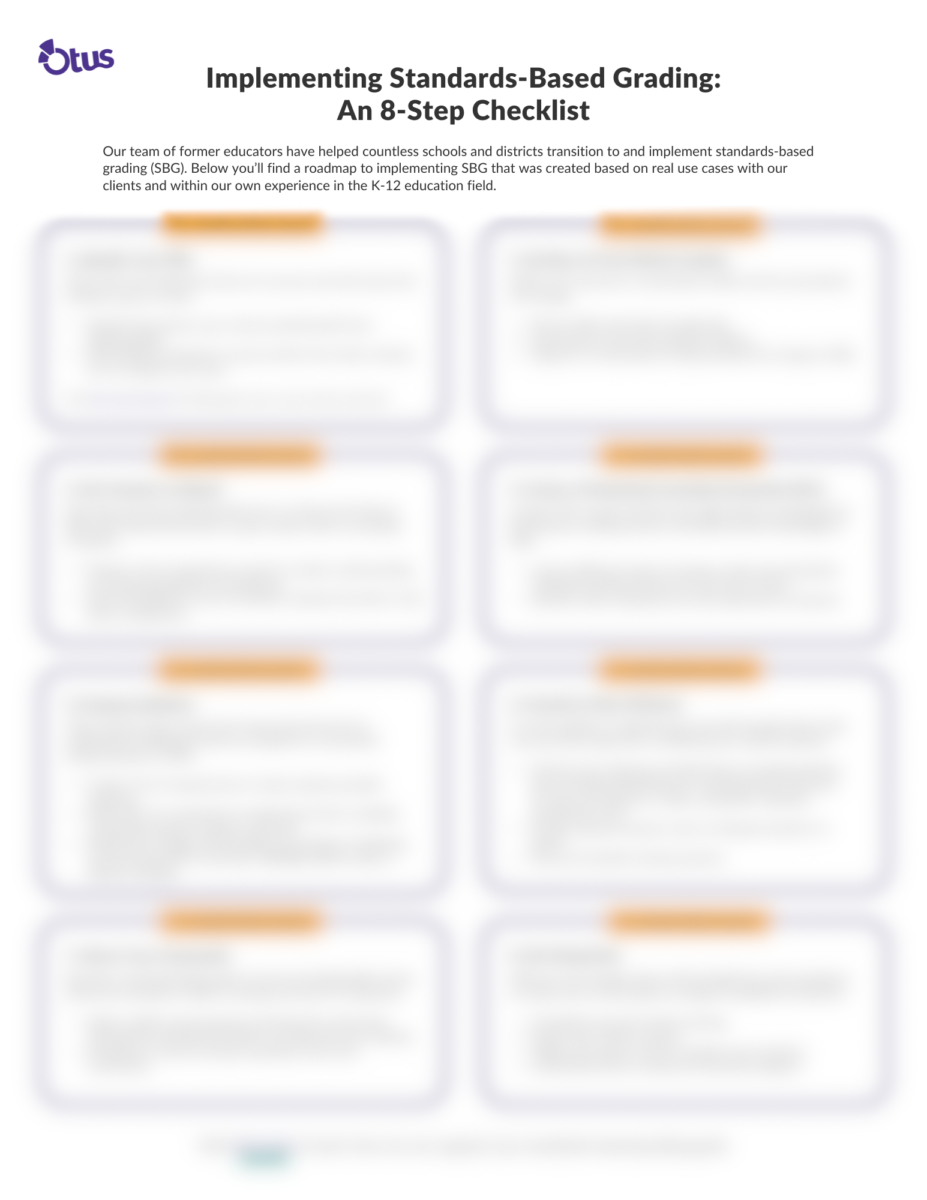
Download Checklist
10+ Months Before Launch
Get Teachers on Board
Now that you have administrative buy-in, try to get a feel for the attitude toward standards-based grading on a school/building level. Identify influential teachers and ask questions to understand their current perceptions and opinions. If there are negative responses, listen closely for the reasons why. Make a list of any hesitations that you hear. These conversations will help test the waters and allow you to understand how easy or difficult it will be to garner widespread support.
Key Activities
- Prepare a list of questions to ask teachers for a better understanding of current perceptions and opinions.
- Note all feedback so you can better evaluate the effort it will take to implement.
9+ Months Before Launch
Create a Professional Learning Community (PLC)
Nobody likes being told what to do. Rather than simply announce to teachers that you are moving to standards-based grading, try including them in the decision-making process. A great way to do this is through a Professional Learning Community (see our guide to PLCs). Discuss your “why” behind SBG and foster open conversations around whether or not they believe this might be a good fit for your school.
If there is momentum to further explore the topic, consider discussing some of the following: Which standards would be the most important to measure? Which mastery scale would be most beneficial for your learning community? What are the pros and cons of different calculation methods? (Try our free SBG calculator)
Key Activities
- Create a PLC to work with teachers to better understand SBG.
- Discuss if SBG could be a good fit for your learning community.
- Explore which standards would be most important to measure.
- Look at different types of mastery scales and brainstorm what might work best for your school.
- Look at different calculation methods and discuss the pros and cons of each
8+ Months Before Launch
Searchin’ for Software
Once everyone is clear on the “why” of standards-based grading, the next topic is “how?” What are the tools you need in order to make this easy? Hint: it’s not a job for spreadsheets. A standards-based gradebook operates very differently from a traditional gradebook. Before diving into new software, take a moment to review your current tech stack. Understanding what additional tools or updates are needed will be crucial for a successful implementation of SBG.
Key Activities
- If the PLC is committed to SBG, begin researching SBG software (like Otus!).
- Assess your current tech capabilities to determine if additional tools are needed.
- Create a list of requirements to help evaluate possible solutions.
- Determine what implementation might look like (partial, full, transitional).
- Schedule demos with 3-5 companies to understand what’s available; comparing features, support, and price. for possible software platforms.
- Determine a budget and possible cost-savings of replacing current tools and/or processes:
- Will this new system replace older systems?
- Is there any state or federal funding for this initiative?
7+ Months Before Launch
Educating Families
As a timeline for implementation emerges, you’ll want to begin thinking about how to inform the parents about this exciting new change. Some parents may be excited, and others may be hesitant. We tend to see more parent hesitation the closer to high school the student is. While announcing such a big change may seem like a daunting task, a good place to start is by creating a list of potential concerns or questions. If you can proactively answer these questions, parents may be more inclined to listen to the benefits of SBG.
Key Activities
- Discuss possible parent reception to a transition to SBG.
- Brainstorm a list of possible concerns or questions

Download Checklist
6+ Months Before Launch
Commit To Your Software
With six months to go before your implementation, you should make the final decision on your SBG software and begin the purchasing process. The time it takes to finalize a purchase varies widely depending on your specific district or school policies, so try to give yourself some extra time.
Depending on which software you choose, you’ll be connected with an implementation team that will help you plan some of the finer details of your implementation. At Otus, we have a team of former educators who will walk you through each step to ensure a successful rollout.
You might also consider designating a few teachers who are skilled with technology as your “power users.” These users can answer any questions from other teachers and provide best practices for getting the most out of the software.
Key Activities
- Choose your software.
- Determine your implementation plan, including identifying any customizations necessary to meet your goals (i.e. scales, calculation methods, permissions, etc.).
- Create a group of software advocates/power users to get teachers on board.
- Plan and schedule training sessions for teachers.
5+ Months Before Launch
Spread the Word
Now, it’s time to make sure everyone knows. You’ve probably already talked to a lot of teachers and parents by this point, but this is the time to make sure that everyone is aware of the change. Depending on how you typically communicate with the community, this will look different for each school or district. Consider hosting a question-and-answer session (either in person or virtually) for parents to come and learn more about this new direction.
Key Activities
- Make a public announcement about this exciting new change on your website and through email, ensuring it reaches all stakeholders.
- Schedule a question and answer session.
2+ Months Before Launch
Time to Log In and Get Started
The time has come to get everyone online. Training sessions should be underway and confused looks are slowly subsiding. With any new change, there will inevitably be some difficulties so make sure to have plenty of support available for teachers. Lean heavily on your power users to answer questions and support best practices during rollout.
Key Activities
- Make sure all your teachers are able to log in.
- Utilize your power users to support the rest of the teachers.
- Complete any last-minute training.
- Understand who to contact for technical support.
Phew! We know that was a lot of information to take in. Implementing standards-based grading can be intimidating, but Otus is here to support you every step of the way!

